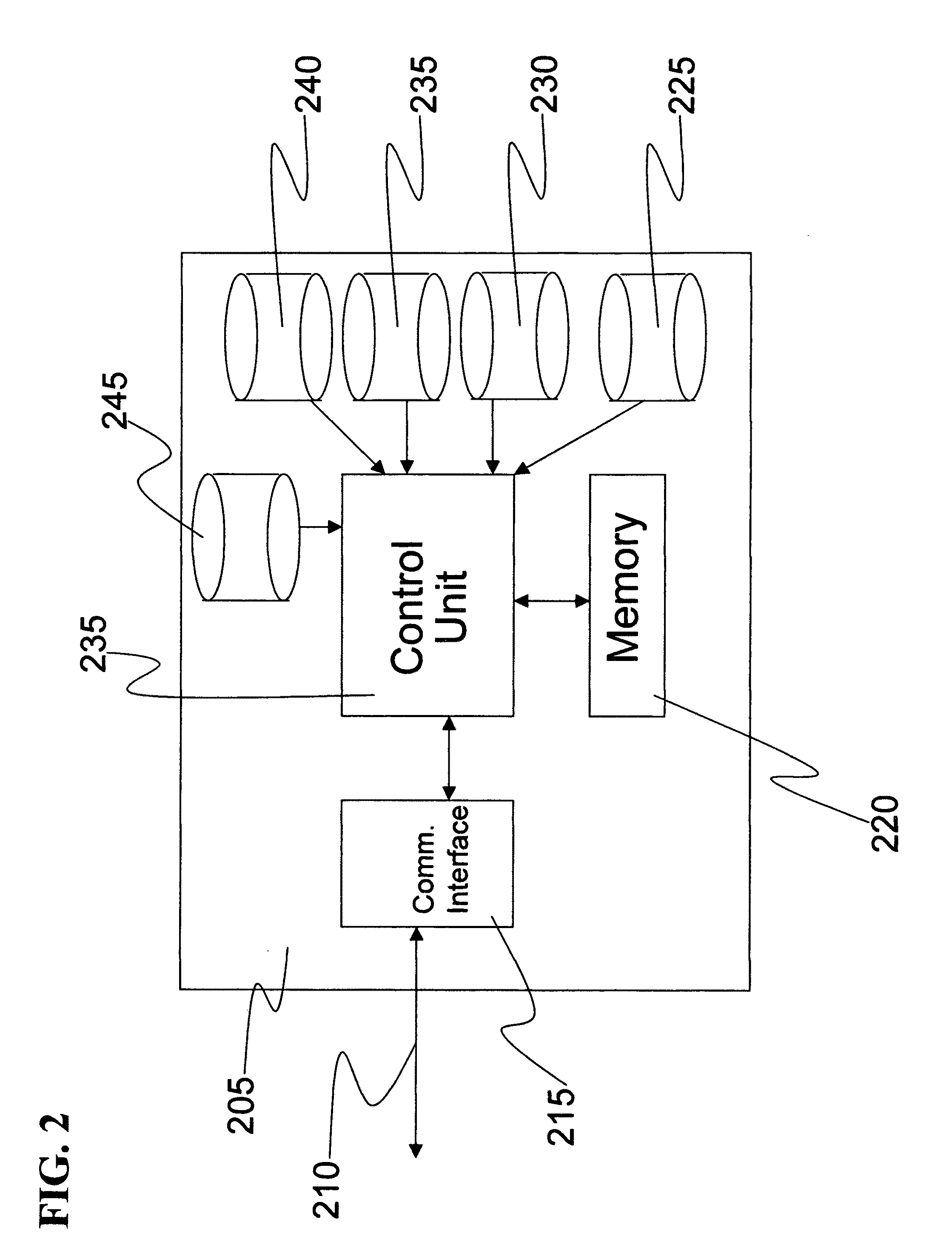Method and apparatus for in-store directions using visual or audio cues for current location determination
a technology of in-store directions and visual or audio cues, applied in the field of in-store direction systems, can solve the problems of wasting time and energy, difficult to remember where certain items are located, and difficult for shoppers to find
- Summary
- Abstract
- Description
- Claims
- Application Information
AI Technical Summary
Benefits of technology
Problems solved by technology
Method used
Image
Examples
Embodiment Construction
[0024]A preferred embodiment of this invention will be described below. It is to be understood that persons of skill in the appropriate arts may modify this invention as described below and yet achieve the favorable results of this invention. In this sense, the following description is to be considered a broad, teaching disclosure and not as limiting upon this invention.
[0025]FIG. 1 presents a simplified semi-schematic block diagram of a mobile terminal operable in accordance with this invention. The mobile terminal 105 can be a handheld terminal such as a mobile phone belonging to the shopper or it could be a handheld device provided by the retail store to shoppers when they enter the store. The mobile terminal 105 may also be mounted on a shopping cart either on a permanent basis or in a temporarily detachable mode. As illustrated in FIG. 1, the mobile terminal consists of a display 110 that is used to display system responses and messages to the shopper. The mobile terminal also ...
PUM
 Login to View More
Login to View More Abstract
Description
Claims
Application Information
 Login to View More
Login to View More - R&D
- Intellectual Property
- Life Sciences
- Materials
- Tech Scout
- Unparalleled Data Quality
- Higher Quality Content
- 60% Fewer Hallucinations
Browse by: Latest US Patents, China's latest patents, Technical Efficacy Thesaurus, Application Domain, Technology Topic, Popular Technical Reports.
© 2025 PatSnap. All rights reserved.Legal|Privacy policy|Modern Slavery Act Transparency Statement|Sitemap|About US| Contact US: help@patsnap.com



